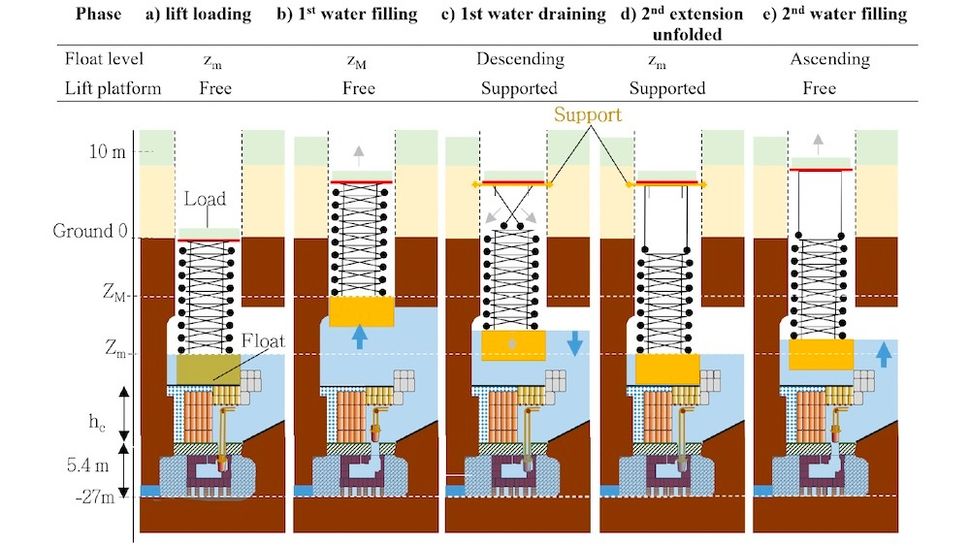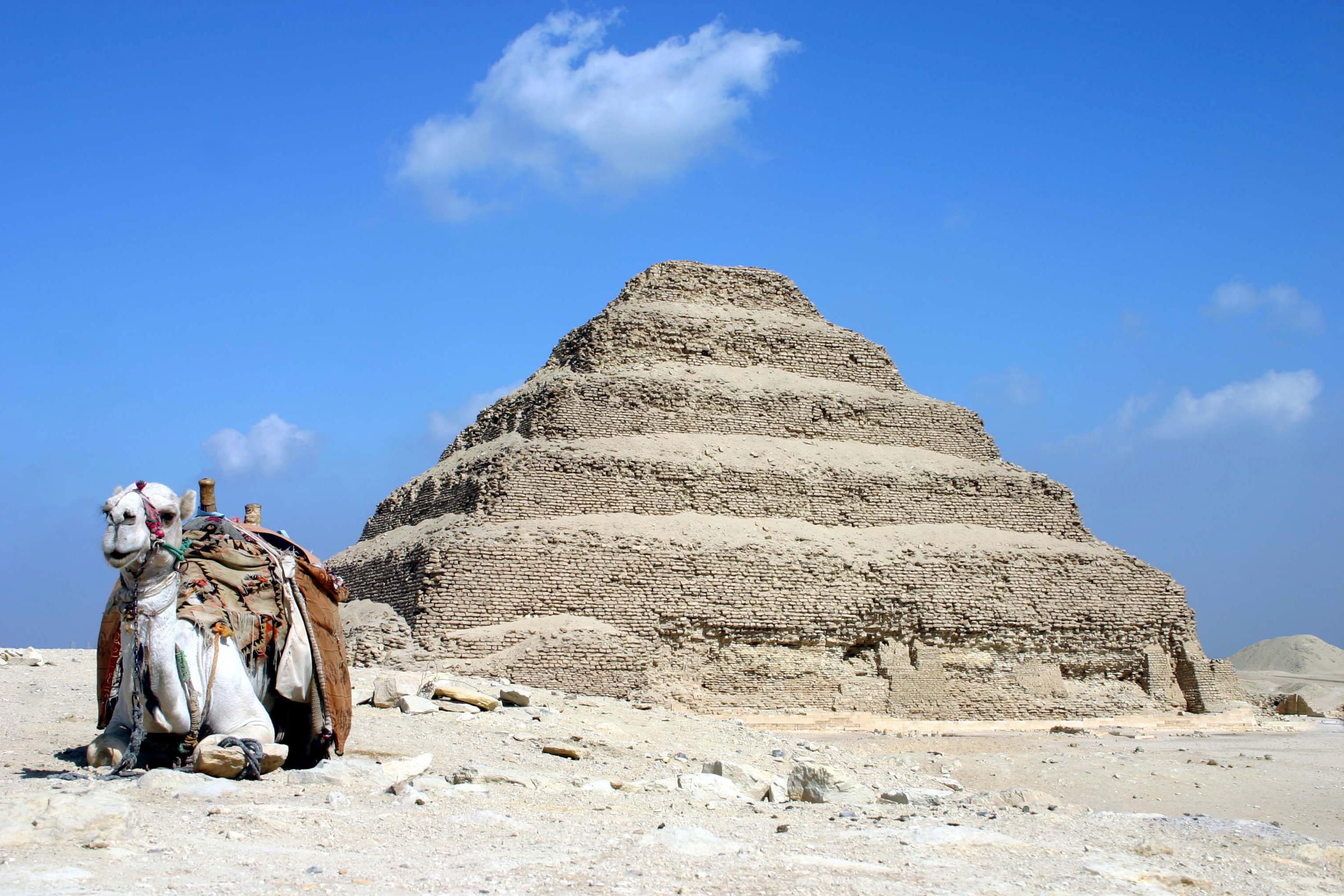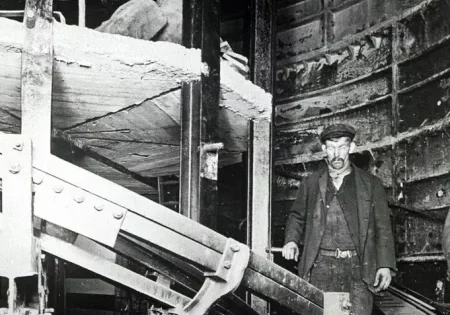A controversial new study claims that ancient Egyptians may have used a hydraulic lift system to construct the Pyramid of Djoser, the world’s first pyramid. Built around 4,700 years ago, the six-tiered, four-sided structure on the Saqqara plateau was the subject of research conducted by French scientists.
The authors claim that following a transdisciplinary analysis they discovered that a hydraulic lift may have been used to build the 204-ft-tall landmark. An architectural feat, generations of archaeologists have pondered how workers were able to construct the pyramid without the use of modern equipment. The research team claims that the ancient Egyptians utilized water from a nearby branch of the Nile River to design a modern hydraulic system including a dam, a water treatment plant and a hydraulic freight elevator.
For the river-powered system to work, water would have flowed from the Nile to the 1.2-m dam, which filtered out sediment before the water traveled downstream to the “Deep Trench,” a water treatment “facility” containing several basins to collect any remaining particles. Next, a series of underground conduits would deliver water 92-ft beneath the pyramid to a hydraulic elevator. The force of water collecting in the well would have been used to float stones up and down a shaft, delivering them to workers.

Some people, including archeologist Julia Budka, aren’t sure that the study checks out. Budka, who works at Ludwig Maximillian University of Munich, noted that there were no Egyptologists or archeologists directly involved and further geological studies would be needed to gain a better understanding of the proposed hydraulic system.
Get more of Elevator World. Sign up for our free e-newsletter.










